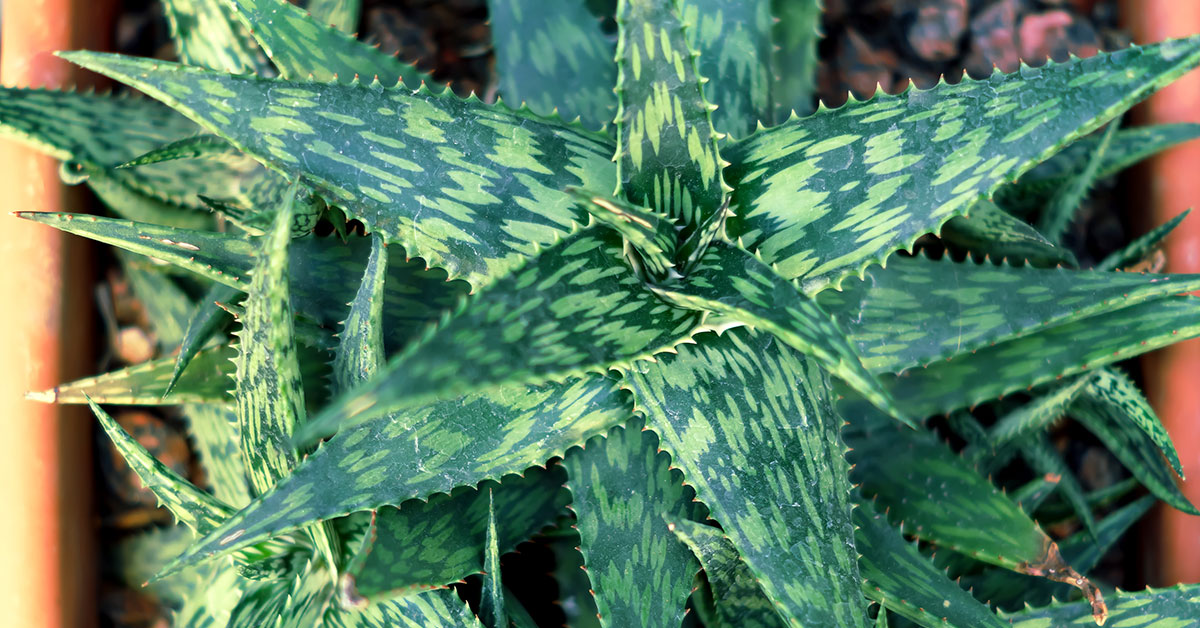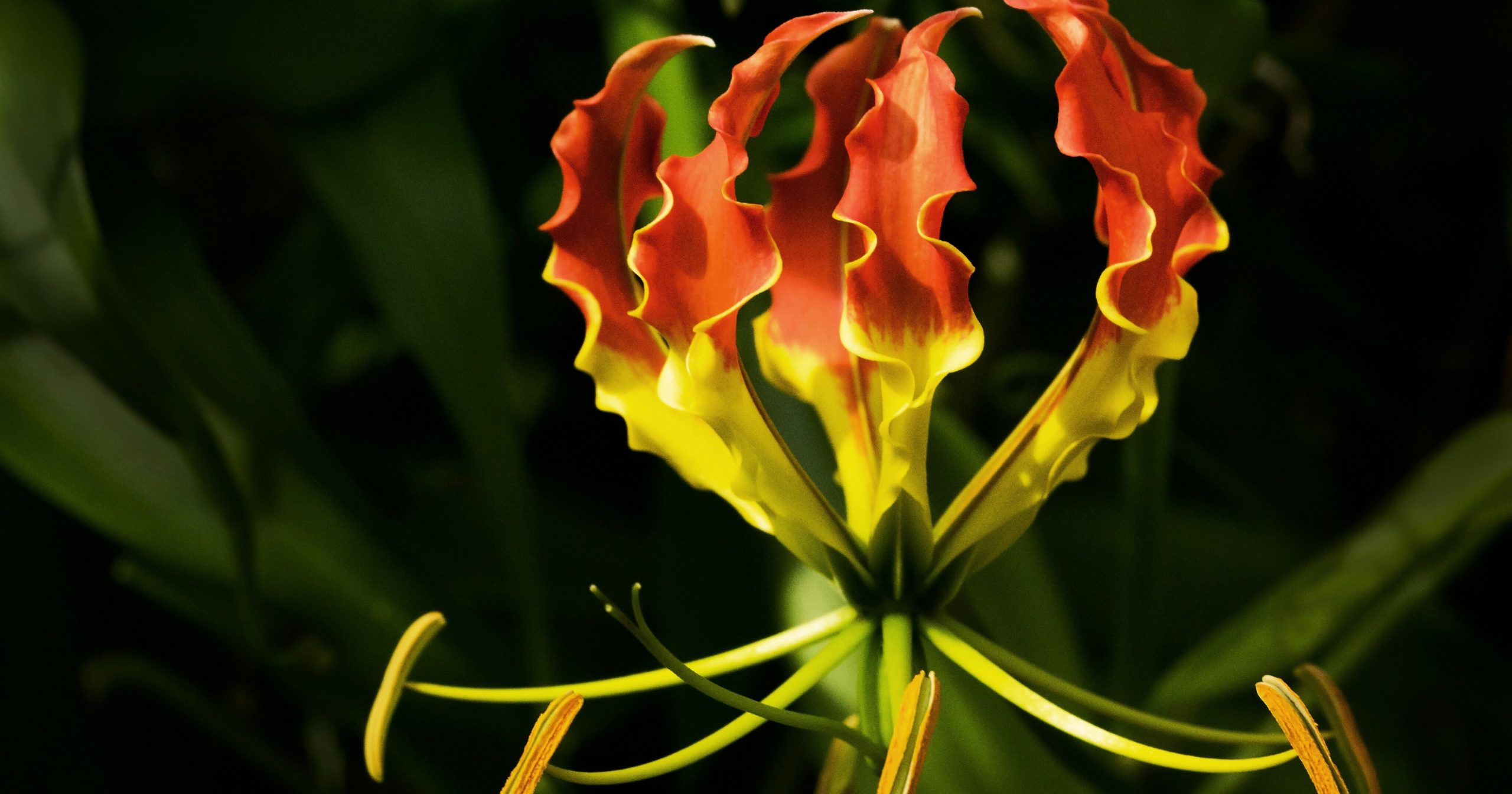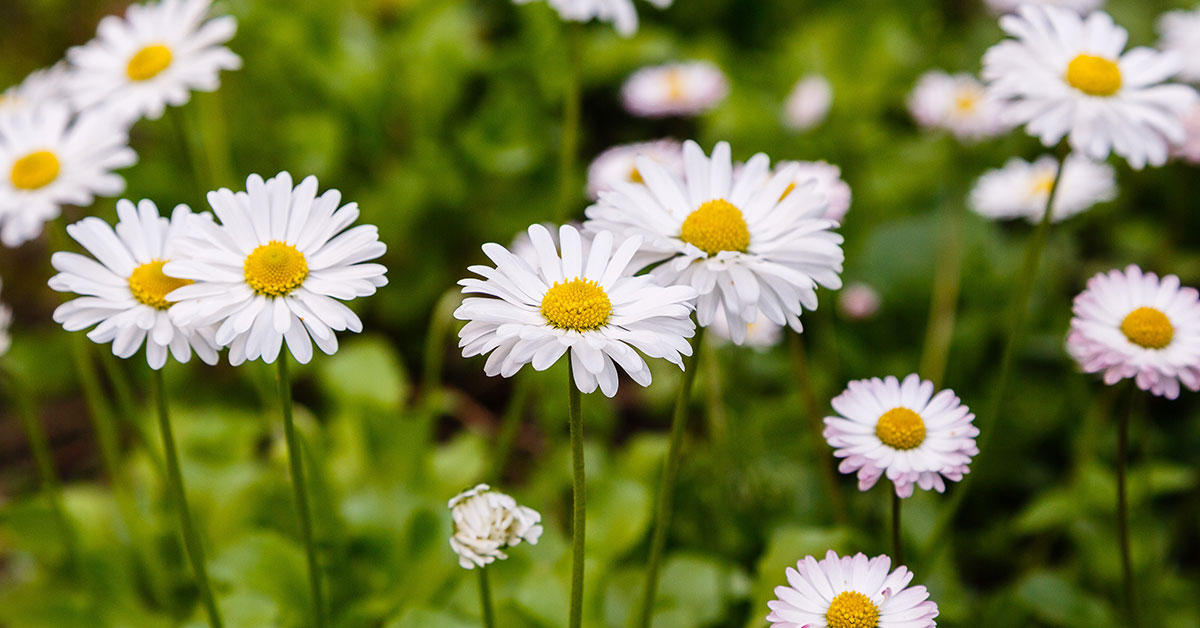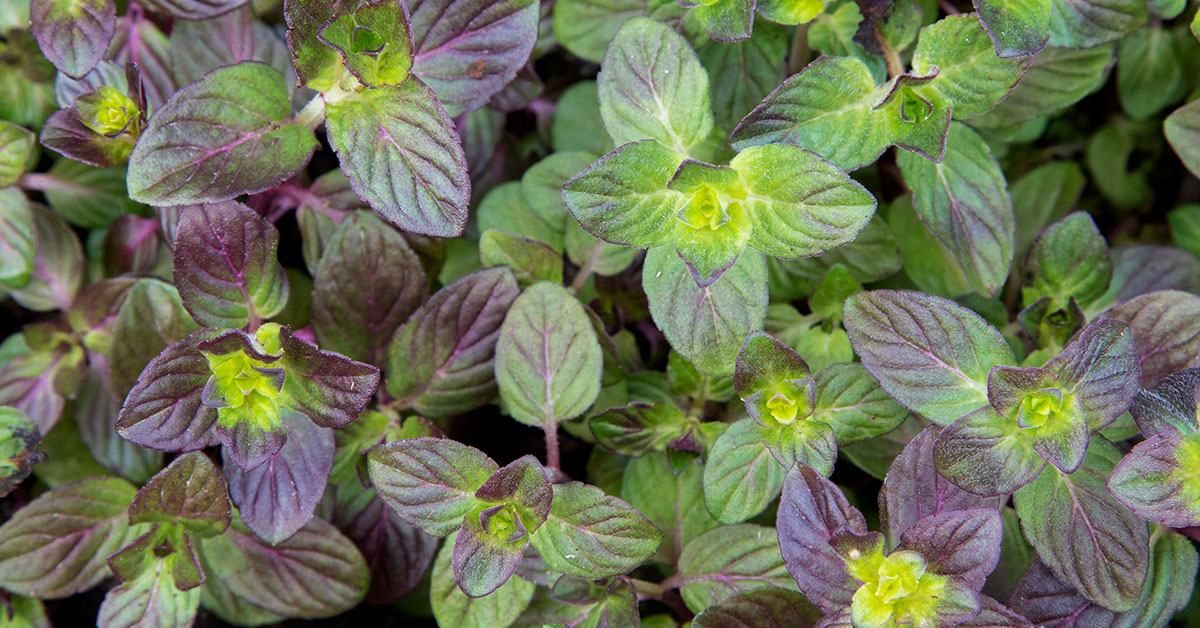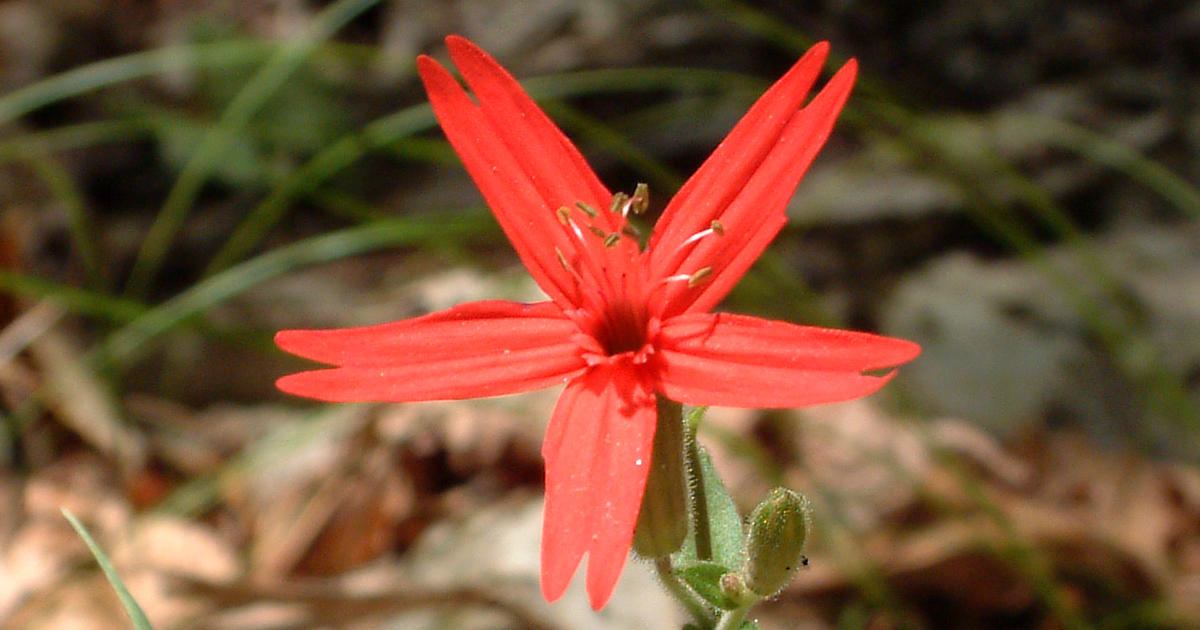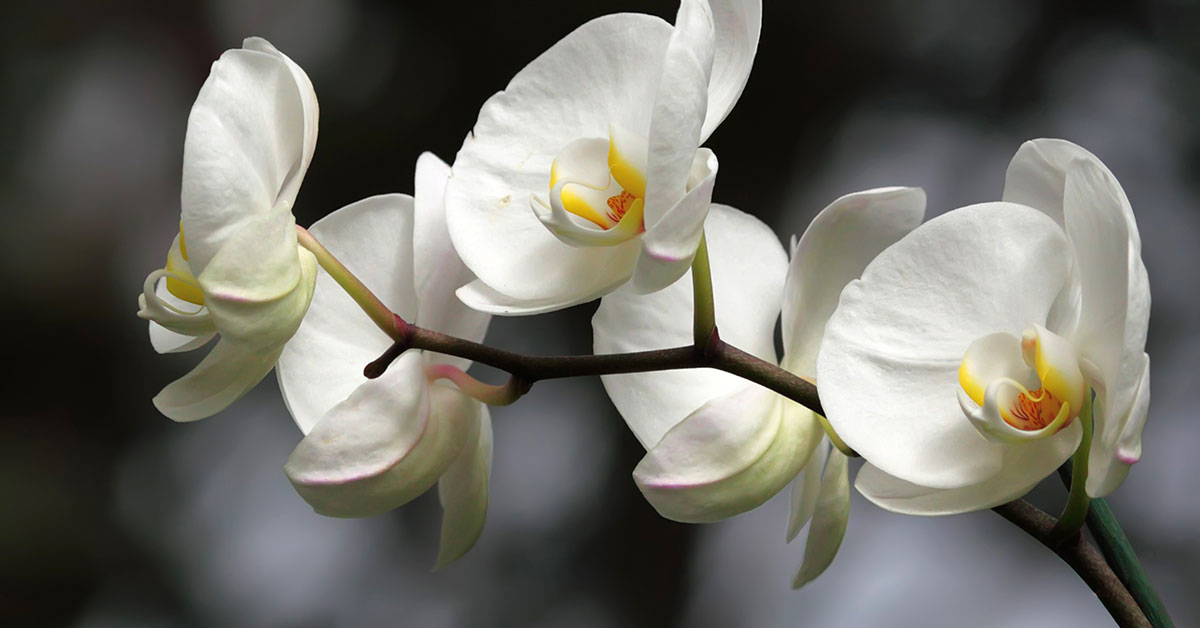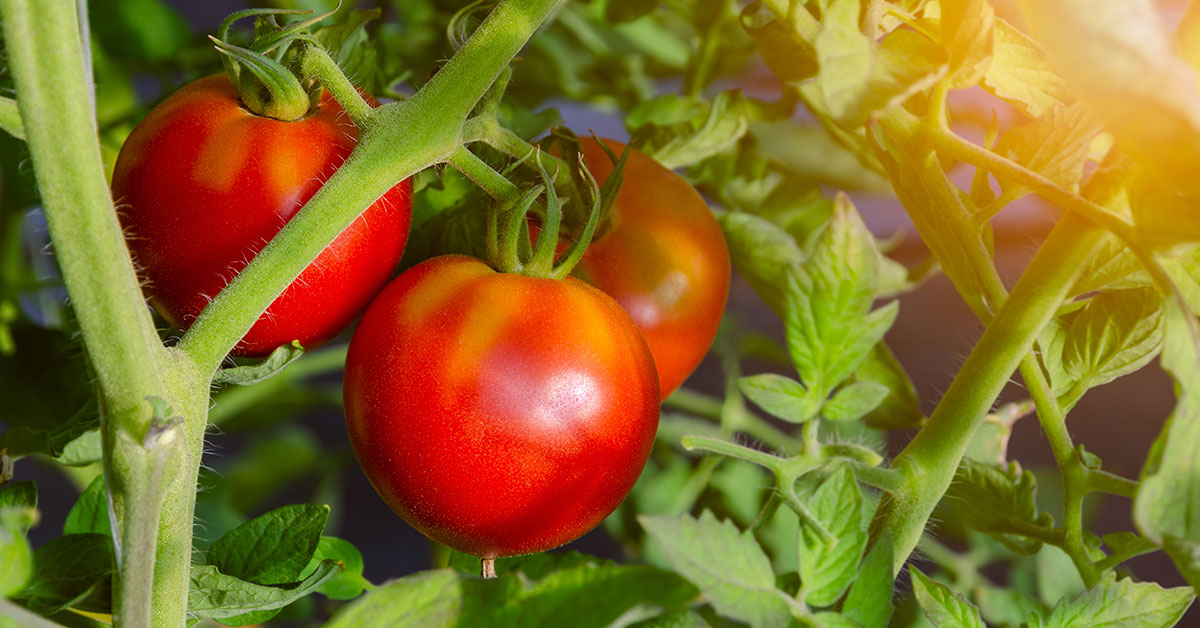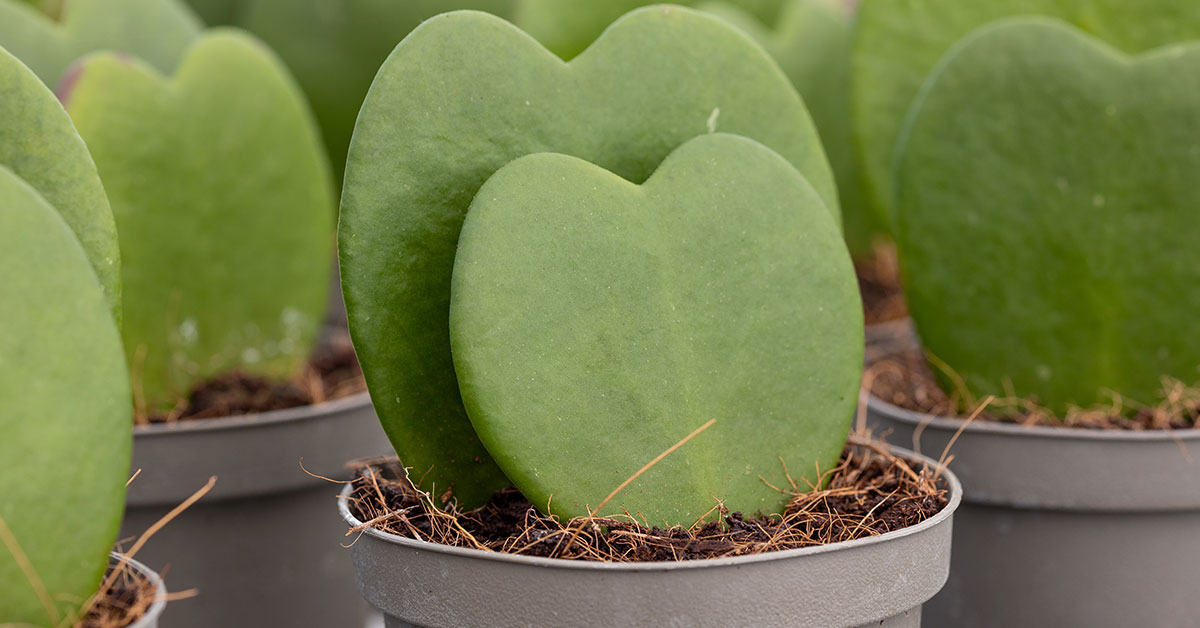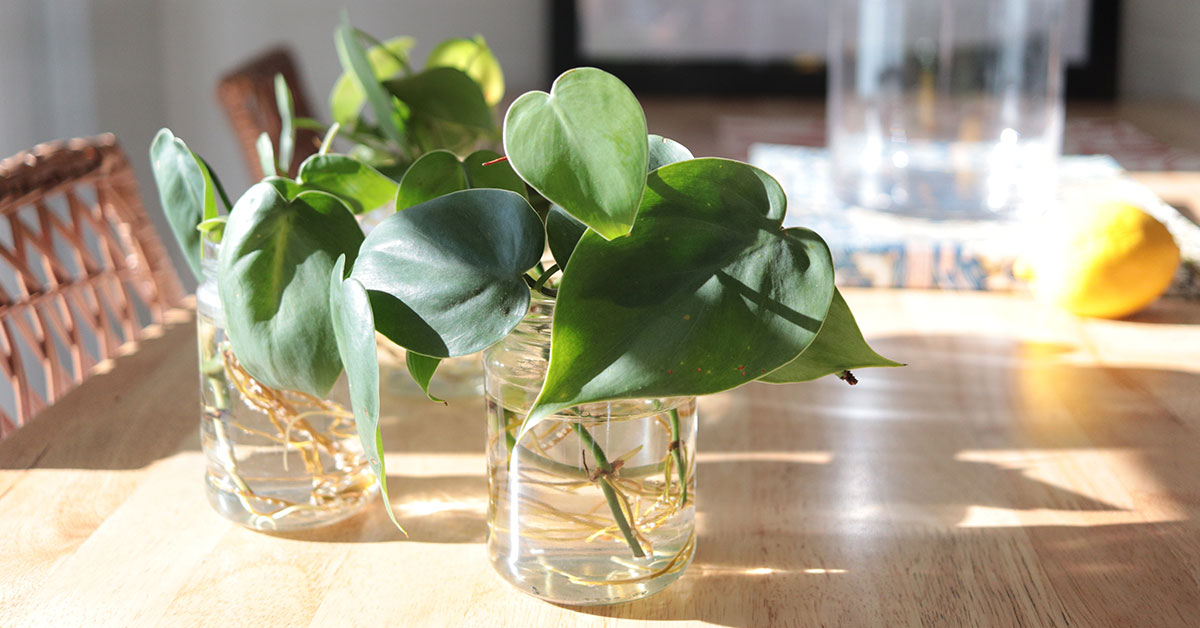One of the joys of gardening is planting flowers that come back year after year with minimal fuss. Perennials that are virtually pest-free take this joy to the next level, allowing you to enjoy a beautiful, thriving garden without the constant battle against insects and disease. Choosing these hardy plants means you can spend more time admiring your garden and less time worrying about pests.
In this article, I’ll introduce you to twelve perennial flowers that are known for their resistance to pests. These tough plants not only enhance your garden’s beauty but also simplify your gardening routine. Let’s dive into these resilient bloomers and discover how they can bring hassle-free color to your landscape!
Lavender
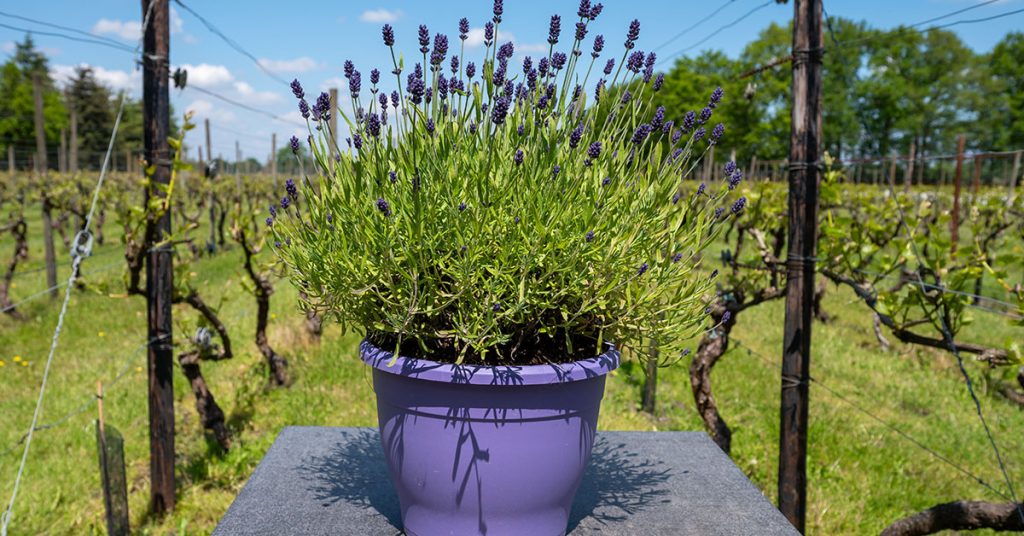
Lavender is a delightful perennial known for its fragrant purple blooms and silvery-green foliage. This plant is virtually pest-free due to its strong scent, which repels many common garden pests such as mosquitoes, flies, and moths. Additionally, lavender’s essential oils deter deer and rabbits, making it a great choice for gardens in areas with wildlife issues.
I love planting lavender along garden borders and walkways. Its soothing aroma and beautiful blooms create a peaceful, inviting atmosphere. Lavender thrives in full sun and well-drained soil, and once established, it requires minimal watering. This hardy plant is not only a visual and olfactory delight but also a natural pest deterrent.
Yarrow
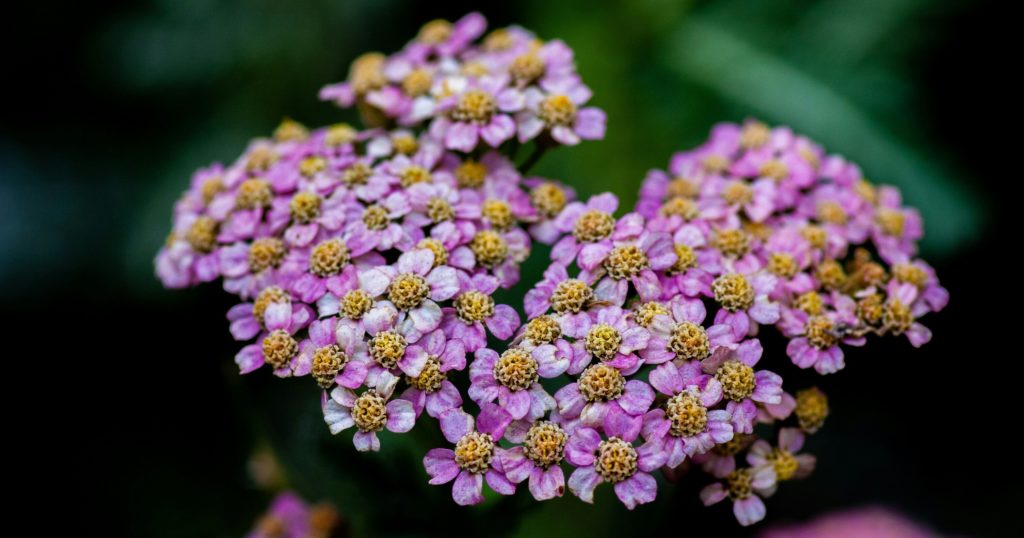
Yarrow is a hardy perennial that produces clusters of small, flat-topped flowers in shades of yellow, white, pink, and red. Its aromatic foliage is highly effective at repelling pests, including mosquitoes and flies. Yarrow also attracts beneficial insects like ladybugs and lacewings, which help control aphids and other garden pests.
One of my favorite things about yarrow is its versatility and ease of care. It thrives in full sun and well-drained soil and is drought-tolerant once established. Yarrow’s pest-resistant nature and ability to attract beneficial insects make it a valuable addition to any garden. Plus, its long-lasting blooms add a splash of color from summer to fall.
Russian Sage
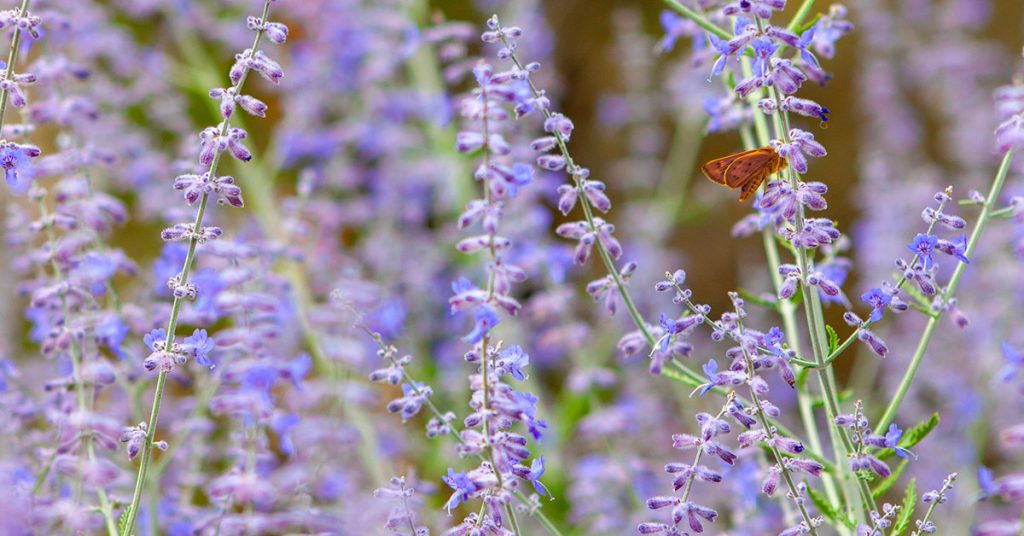
Russian sage is a tough perennial that produces tall spikes of lavender-blue flowers from mid-summer to fall. Its aromatic foliage repels pests such as aphids and spider mites, making it an excellent choice for a low-maintenance garden. Russian sage also attracts pollinators like bees and butterflies, enhancing the biodiversity of your garden.
I love the airy, graceful appearance of Russian sage. It thrives in full sun and well-drained soil, requiring minimal care once established. This hardy plant adds a beautiful, wispy texture to garden borders and is perfect for adding height and movement. Its pest-resistant qualities and drought tolerance make Russian sage a favorite among gardeners looking for easy-care perennials.
Catmint
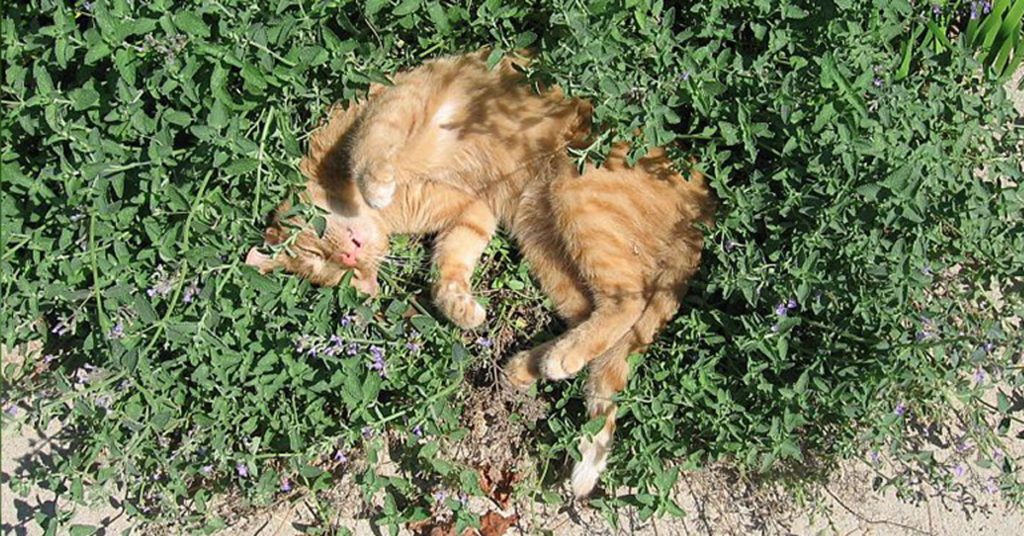
Catmint, also known as Nepeta, is a vigorous perennial that produces clusters of small, tubular flowers in shades of blue, lavender, and white. Its aromatic foliage deters pests such as aphids, cabbage loopers, and Japanese beetles. Catmint’s scent is also unappealing to deer and rabbits, adding an extra layer of protection for your garden.
I enjoy planting catmint along the edges of garden beds and borders. Its low-growing, sprawling habit creates a lush, ground-cover effect, and its blooms attract bees and butterflies. Catmint thrives in full sun to partial shade and well-drained soil, making it a versatile and low-maintenance choice for pest-resistant planting.
Coneflower
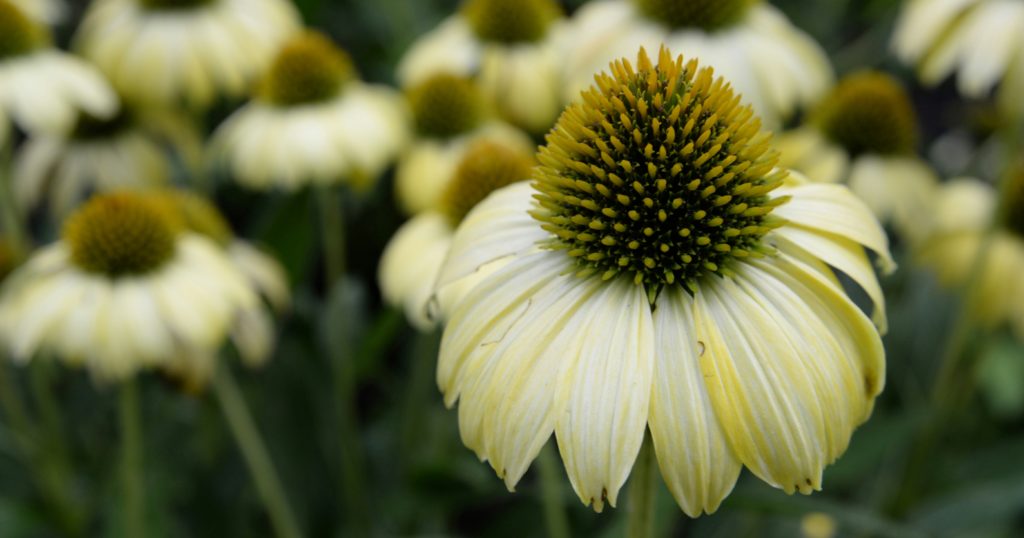
Coneflower, or Echinacea, is a resilient perennial known for its daisy-like flowers with prominent central cones. Its tough, spiky foliage and stems deter pests such as deer and rabbits. Additionally, coneflowers are relatively resistant to common garden pests like aphids and slugs, making them an excellent choice for a trouble-free garden.
One of my favorite aspects of coneflowers is their long bloom period, which lasts from midsummer to fall. They thrive in full sun and well-drained soil, requiring little care once established. Coneflowers come in a variety of colors, including purple, pink, white, and yellow, adding vibrant splashes of color to your garden while keeping pests at bay.
Coreopsis
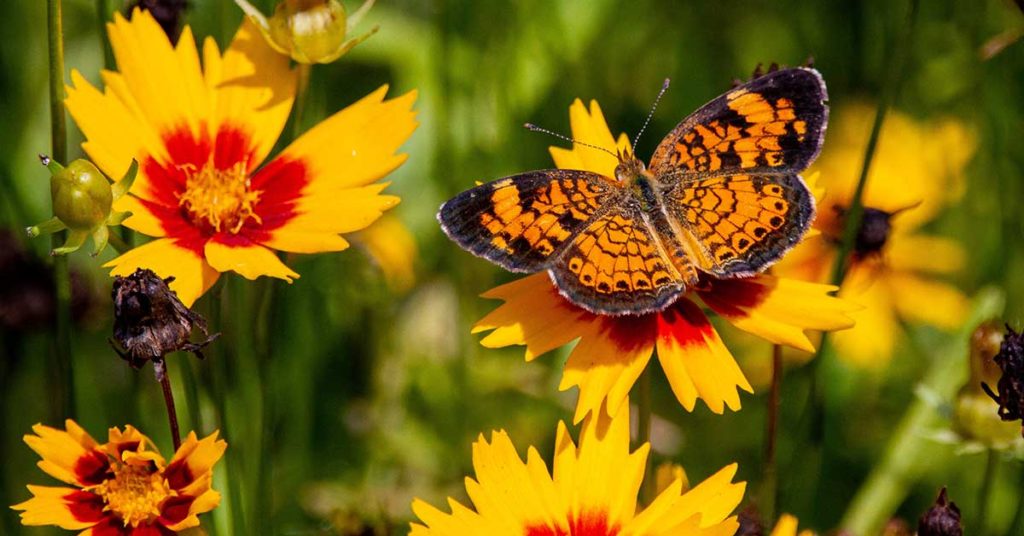
Coreopsis, also known as tickseed, is a cheerful perennial that produces masses of bright yellow, pink, red, or bi-colored flowers. Its finely-textured foliage and strong stems make it less appealing to pests such as deer and rabbits. Coreopsis is also resistant to many common garden pests, including aphids and leafhoppers.
I love how coreopsis brightens up my garden with its continuous blooms from early summer to fall. This hardy plant thrives in full sun and well-drained soil, and it’s drought-tolerant once established. Coreopsis adds a burst of color and joy to the garden without attracting unwanted pests, making it a fantastic choice for low-maintenance landscapes.
Salvia
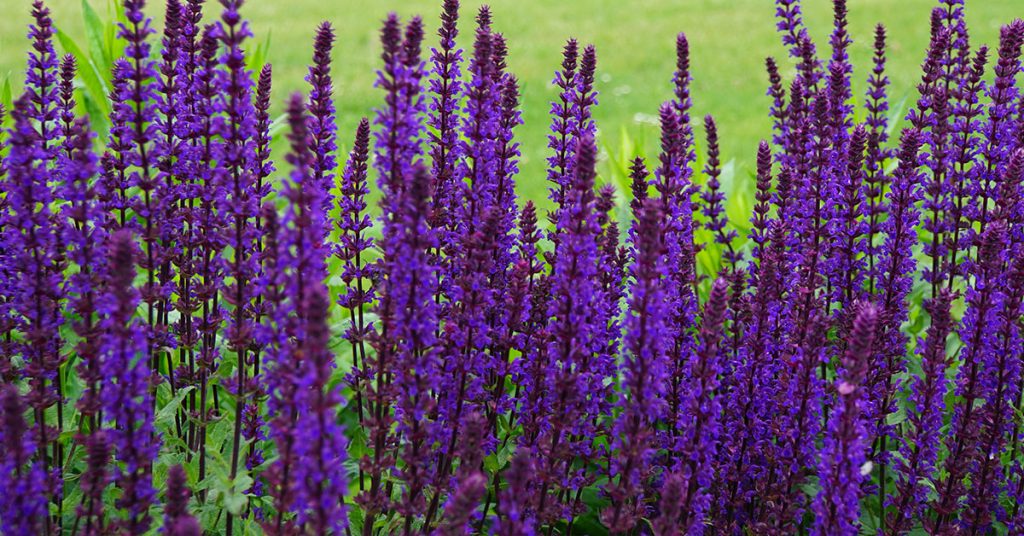
Salvia, also known as sage, is a perennial favorite for its vibrant spikes of flowers in shades of blue, purple, pink, and red. Its aromatic foliage deters pests such as aphids, whiteflies, and spider mites. Additionally, salvia’s strong scent makes it less appealing to deer and rabbits, providing a natural barrier for your garden.
One of my favorite things about salvia is its long blooming period, which extends from late spring to fall. It thrives in full sun and well-drained soil, requiring minimal care once established. Salvia’s pest-resistant qualities and striking blooms make it an excellent choice for adding color and texture to garden borders and beds.
Bee Balm
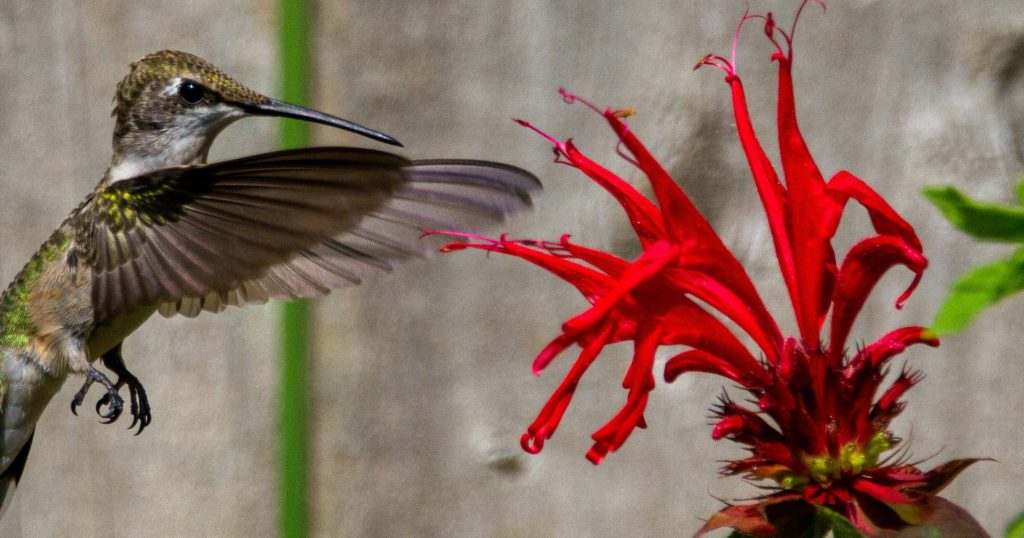
Bee balm, or Monarda, is a showy perennial known for its vibrant red, pink, purple, or white flowers. Its aromatic foliage repels pests such as mosquitoes and deer, while its nectar-rich blooms attract pollinators like bees, butterflies, and hummingbirds. Bee balm is also resistant to many common garden pests, making it a low-maintenance choice for pest-free planting.
I love the bold, colorful blooms of bee balm and the way they attract a variety of pollinators to my garden. This plant thrives in full sun to partial shade and well-drained soil, and it’s relatively easy to care for. Bee balm adds a striking, vertical element to garden beds and borders, creating a lively and pest-resistant display.
Sedum
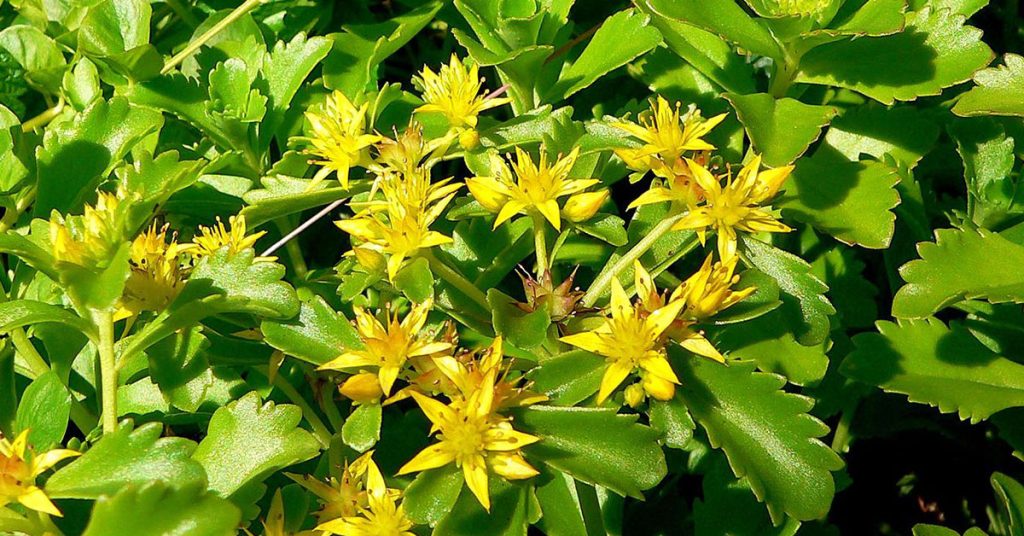
Sedum, also known as stonecrop, is a hardy perennial with succulent leaves and clusters of star-shaped flowers. Its thick, waxy foliage is unappealing to pests such as deer and rabbits, and it’s also resistant to many common garden pests like aphids and slugs. Sedum’s drought tolerance and low-maintenance nature make it an excellent choice for easy-care gardens.
One of my favorite aspects of sedum is its versatility and year-round interest. It thrives in full sun and well-drained soil, and its fleshy leaves store water, making it ideal for dry conditions. Sedum comes in a variety of forms and colors, from ground covers to upright varieties, adding texture and beauty to the garden while keeping pests at bay.
Peony
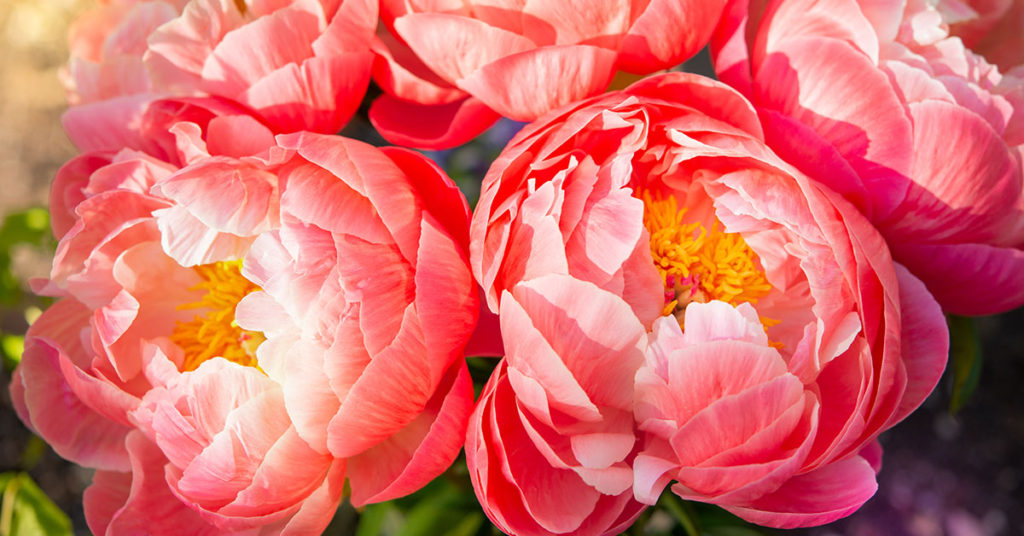
Peonies are beloved perennials known for their large, fragrant blooms in shades of pink, white, red, and yellow. Their thick, waxy leaves and strong stems make them less appealing to pests such as deer and rabbits. Peonies are also relatively resistant to many common garden pests, including aphids and mites.
I adore peonies for their stunning, long-lasting blooms that appear in late spring to early summer. They thrive in full sun and well-drained soil, and with proper care, they can live for decades. Peonies add a touch of elegance and charm to any garden, providing beautiful, pest-resistant flowers that return year after year.
Blanket Flower
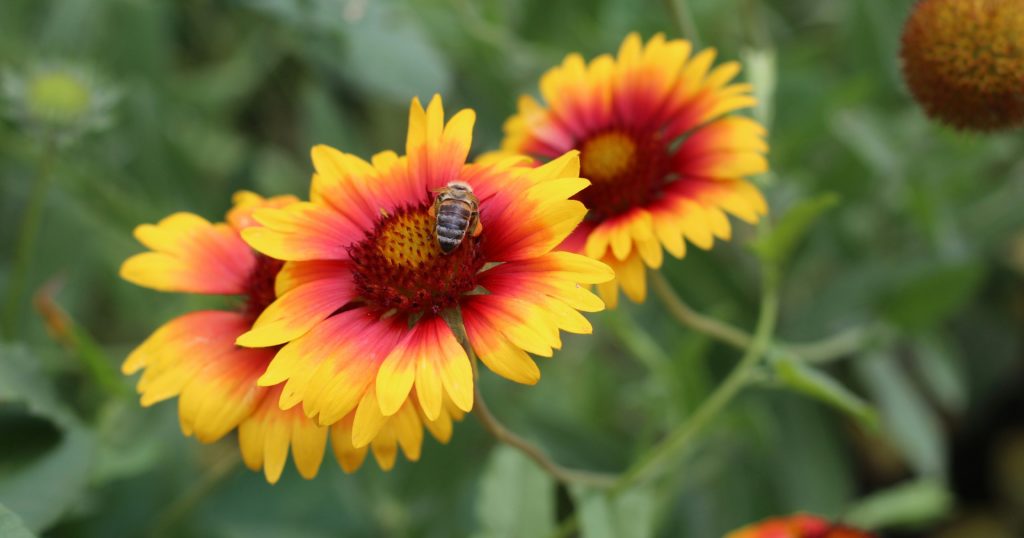
Blanket flower, or Gaillardia, is a hardy perennial that produces bright, daisy-like flowers in shades of red, yellow, and orange. Its tough, hairy foliage deters pests such as deer and rabbits, and it’s also resistant to many common garden pests like aphids and caterpillars. Blanket flower’s long blooming period and drought tolerance make it a low-maintenance choice for sunny gardens.
I love the vibrant, cheerful blooms of blanket flowers that light up my garden from early summer to fall. This plant thrives in full sun and well-drained soil, requiring minimal care once established. Blanket flowers add a splash of color and warmth to garden beds and borders while keeping pests at bay.
Japanese Anemone
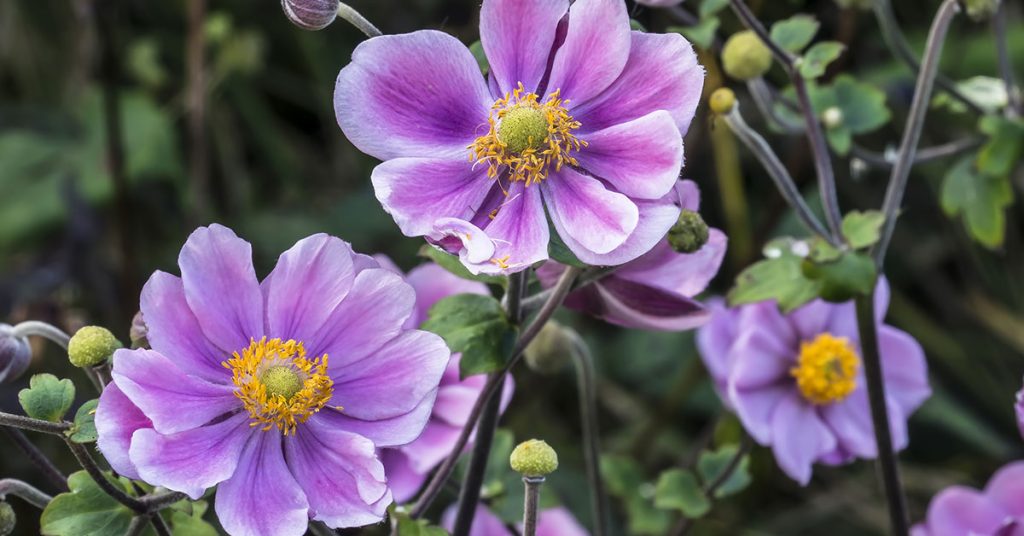
Japanese anemones are elegant perennials that produce clusters of delicate, saucer-shaped flowers in shades of pink, white, and purple. Their strong stems and foliage make them less appealing to pests such as deer and rabbits. Japanese anemones are also relatively resistant to many common garden pests, including aphids and slugs.
I love the graceful, airy blooms of Japanese anemones that appear in late summer to fall, adding a touch of sophistication to the garden. These plants thrive in partial shade to full sun and well-drained soil, and they’re relatively easy to care for. Japanese anemones bring beauty and elegance to the garden while keeping pests at a distance.


